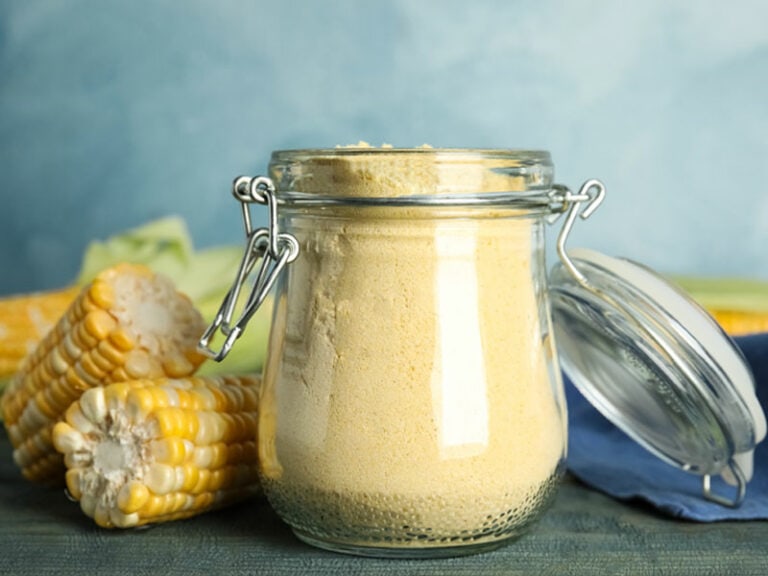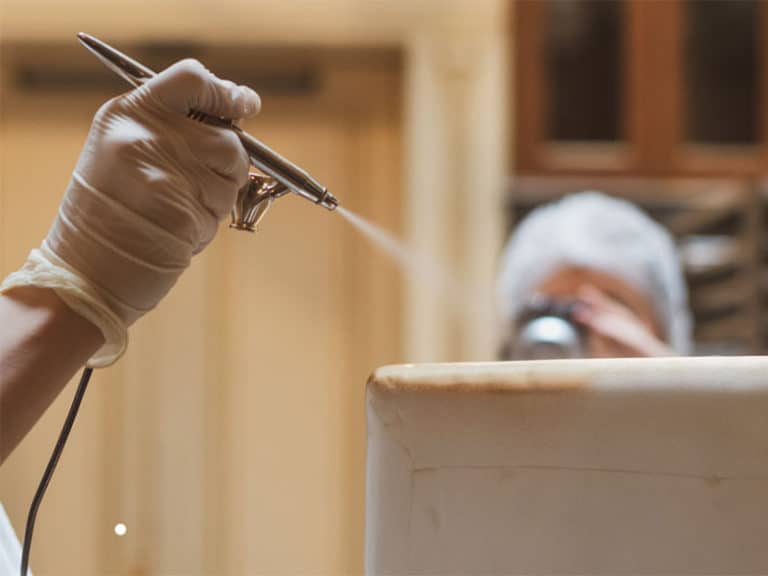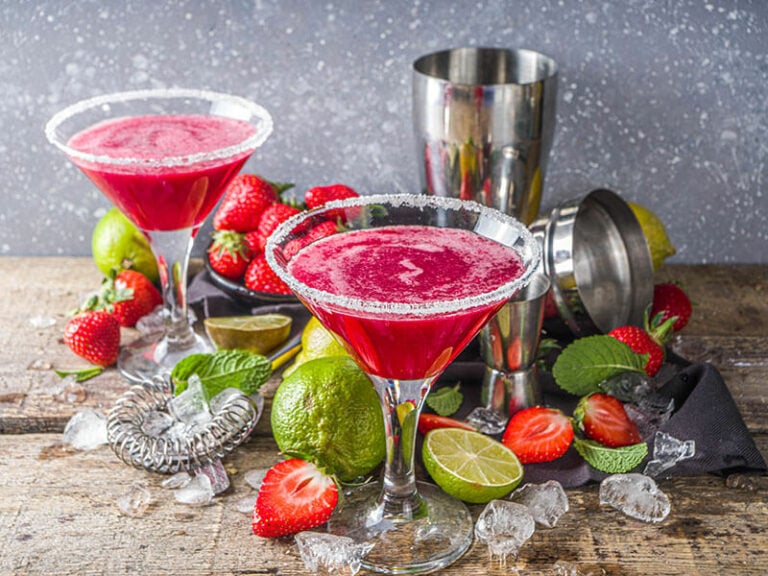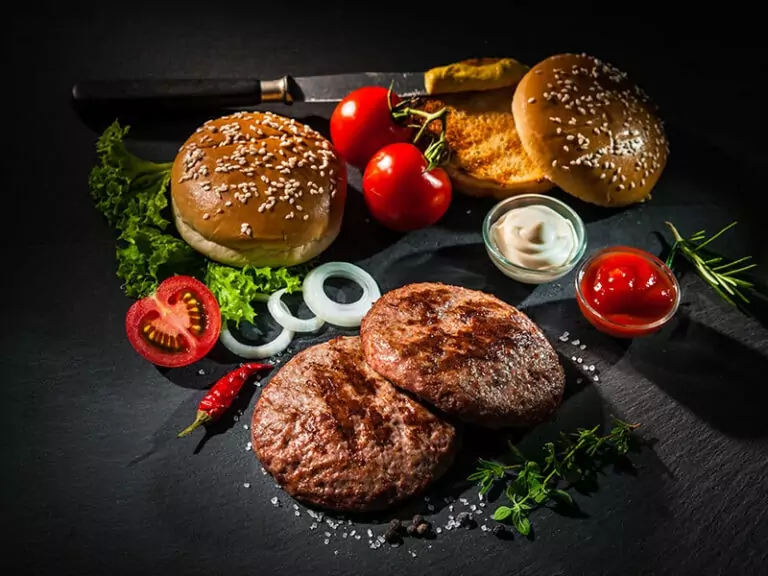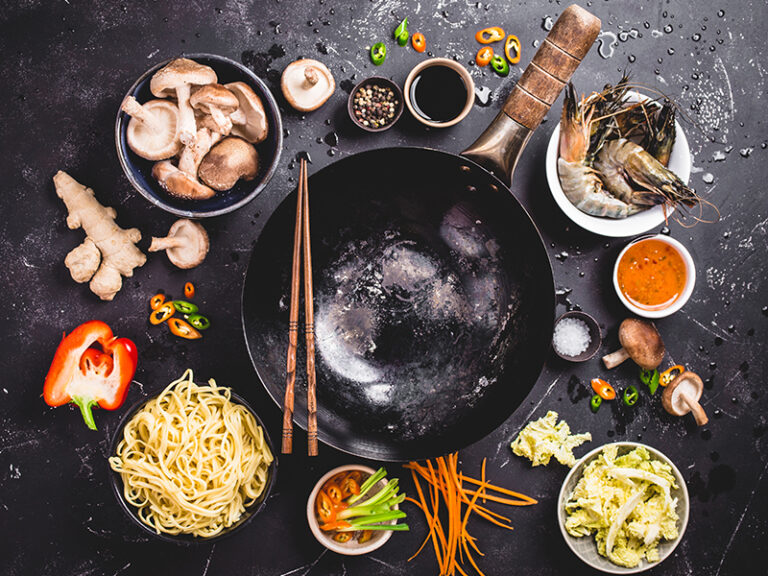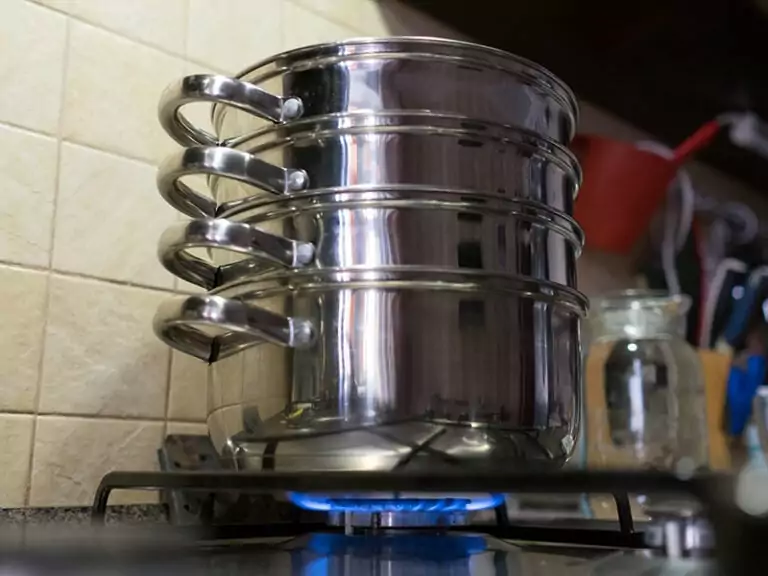Whether you are a cook or a baker, knowing how to measure a teaspoon without measuring tools is essential because it could save a lot of trouble. Just imagine how challenging it will be if one day you search all over the house and can’t find your daily measuring tools.
That is when the information you will get from this post may help you measure a teaspoon of spice, flour, or other ingredients so that your recipe is closely followed. So, without further ado, let’s jump right into today’s post!
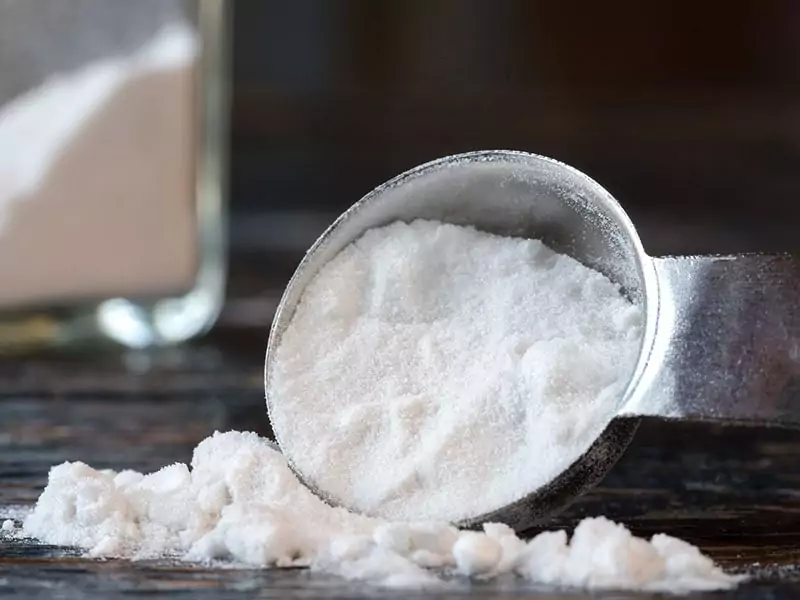
Let’s Get Started With A Teaspoon
You are trying to find some easy ways to measure a teaspoon, right? However, do you know exactly what a teaspoon is and its volume? Let’s spend some time getting to know it.
What Is A Teaspoon?
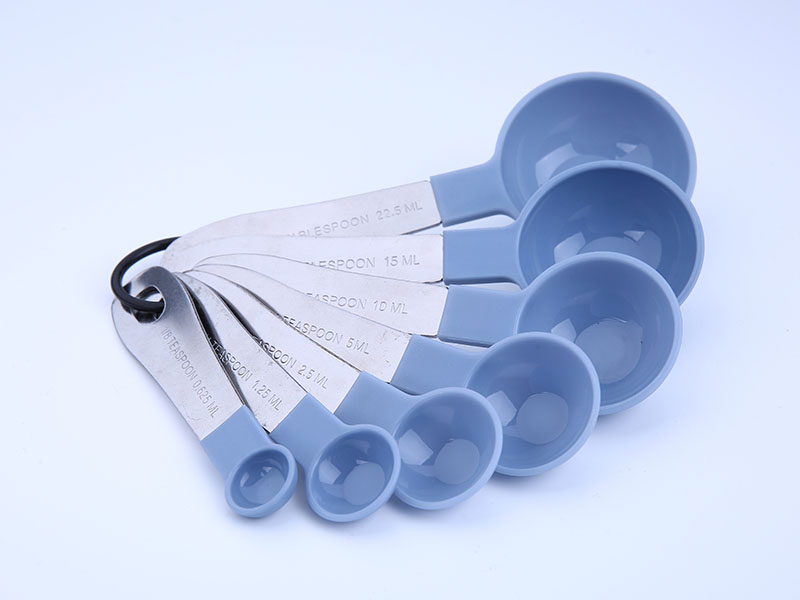
A teaspoon (abbreviation: t or tsb) is a measuring spoon or the amount it can hold, about one-third of the tablespoon. Teaspoon is also a vital baking tool + (essential baking tool) that every baker should have.
Depending on the measurement system or whether it is used to measure liquid or dry ingredients, there will be a slight difference in its measurement.
Typically, a teaspoon equals 5 ml, while a tablespoon equals 15 ml, meaning three teaspoons equal a tablespoon.
For measuring dry ingredients, remember to prepare an ml-to-gram conversion chart and look for your specific dry ingredients (spice, sugar, etc.) so that your adding can be as accurate as possible.
Fun fact: In the metric system, a teaspoon equals 5 ml, (1) while in the US customary system, a teaspoon equals 4.928922 ml. (2)
Types Of Teaspoons
There are dozens of spoons on the market for specific uses, and teaspoons are no exception. Besides a centric teaspoon or level teaspoon (5ml), a standard measuring set also includes a ½ teaspoon (2.5 ml), a ¼ teaspoon (1.25 ml), a ⅛ teaspoon (1.125 ml), and a tablespoon (15ml).
You don’t need to remember their volumes because each measuring teaspoon will have its volume engraved on its neck!
Just like other spoons, teaspoons also have many types of different sizes
Here Are Ways To Measure A Teaspoon Without Measuring Tools
Congratulations! You are in the most expected section of this post. I will show you how you can ignore these measuring tools and still measure spice, flour, grains, etc.
First, you should remember that measuring tools are not the only things used to measure. You have so many other kitchen items to help you do so!
Using Rounded And Heaping Teaspoons
As mentioned, measuring tools always have a clear volume indicator. Don’t worry if you don’t have them on hand because some kitchen spoons, such as coffee or dining spoons, can still facilitate your measuring process.
Make A “Rounded” Teaspoon
The first and easiest way to measure a teaspoon without measuring tools is to use a small-sized kitchen spoon. All you need to do is to scoop the ingredients and keep the pile they form (without leveling it). Now you have a “rounded” teaspoon (5 ml). It’s so convenient, isn’t it?
Make A “Heaping” Teaspoon
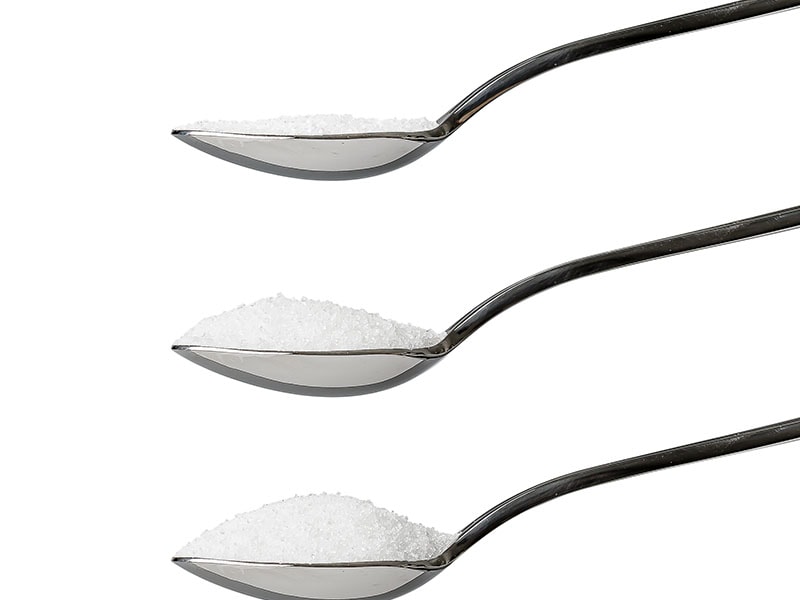
In addition to a rounded teaspoon, a heaping teaspoon helps you have an even larger amount of dry ingredients than the rounded teaspoon. To do this, scoop as much as possible (without leveling it).
However, keep in mind the volume now is larger than that of a typical teaspoon, maybe about 1.5 teaspoons.
Knowing what rounded and heaping teaspoons are also helps you to follow your favorite cake recipe + (best cake recipes) correctly because many cooking or baking instructions use these terms for measurement.
Without Measuring Tools – Are You Ready To Do Magic?
You learned how to measure a teaspoon with the kitchen spoons above. Now you will look at other ways you do not need a spoon. The easiest ways are making pinches, using a palm, and relating to available objects. I will go through each of the methods now.
Measure A Teaspoon: Only 08 Pinches Needed
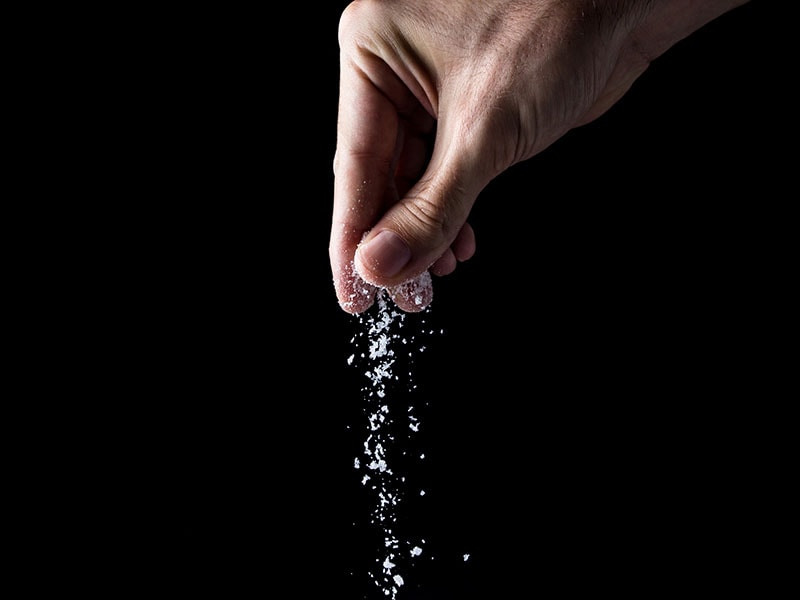
Alright, you may be surprised that a teaspoon equals 08 pinches made by your thumb, index finger, and middle finger. So, just use these fingers to grasp dry ingredients 08 times to get a teaspoon of it.
And if you are wondering if each of your pinches is enough, why don’t you just give it a try, measure the combined eight pinches, and see whether you should increase the volume for each pinch?
Measure A Teaspoon: Coins Can Help!
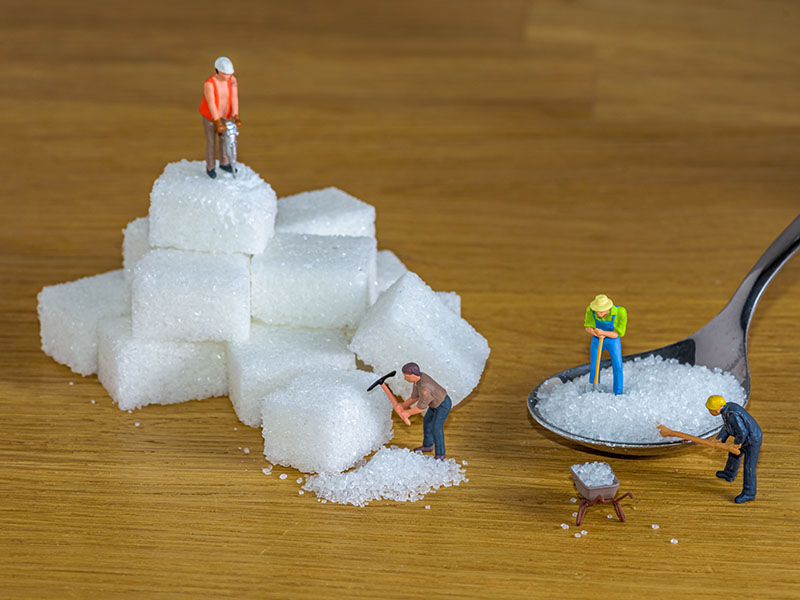
I’m sure you are familiar with the size of a quarter, a nickel, and a dime, right? If not, try to memorize their sizes the next time you see them because they can help you measure a teaspoon. I will tell you how it is possible now.
Just keep pouring flour or sugar into your palm until you can say: “Oh, its radius equals a quarter/a nickel/ a dime!” At that time, you have a slightly mounded pile on your hand, and its volume is below:
-If its radius equals a quarter: 1 teaspoon (5 ml)
-If its radius equals a nickel: ½ teaspoon (2.5 ml)
-If its radius equals a dime: ¼ teaspoon (1.125 ml)
This method is more suitable to use when you are cooking than when you are baking. This is because cooking doesn’t require following the recipes closely as baking does. Therefore, adding a little over or under the instructed amount doesn’t affect your final dishes much.
Measure A Teaspoon: Find Something Around!
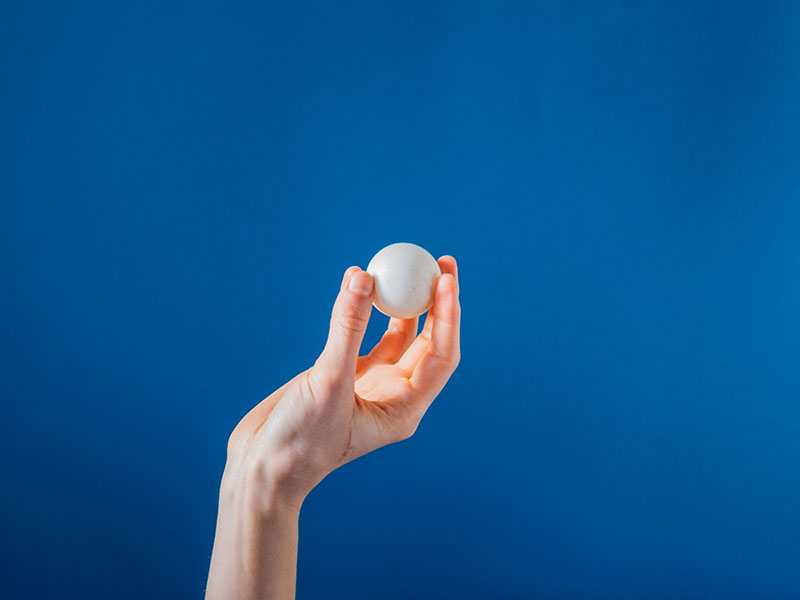
Another way I would like to tell you is to compare the amount you need with familiar and available objects (or if you can visualize it exactly, you don’t need a physical one).
A ping pong ball equals six teaspoons, so you just need to visualize ⅙ ping pong ball to know the volume of a teaspoon. Similarly, 1/12 volume of a large egg equals a teaspoon.
Besides, the volume of a teaspoon is approximately the first phalange of your index finger, which is between the tip and the joint. Knowing this can be so handy for you to measure a teaspoon.
Another item that you can have in your home is a medicine spoon. Interestingly, a typical medicine spoon equals 5 ml, so using a medicine spoon can also help you to measure a teaspoon.
Measure A Teaspoon: Use Other Tools
If you have measuring cups and tablespoons but still want to measure a teaspoon, you can certainly do it. Look at the following table for the ratios between 1 teaspoon and other measuring tools.
Benefits Of Measuring A Teaspoon Without Measuring Tools
As you can see, there are many ways to measure a teaspoon without measuring tools. Some may argue that it’s not that important to learn this skill. Well, the following benefits can surely reject this argument.
Independence
First and foremost, you are now independent of those measuring tools. You are free from the idea that you need tools to measure ingredients. You can perform this skill anytime and anywhere. How convenient is it?
Extra Time
Not using measuring tools also means you don’t need to find or wash them after use. After cooking or baking, you’re exhausted enough, so dealing with these messy tools may become a hassle. This gives you extra time to do other meaningful things.
More Space
What’s more? For those who don’t have a large kitchen, measuring a teaspoon without measuring tools saves them more space.
I bet you once struggled to stuff a small drawer with so many tools, then found it very hard to find a particular item afterward. Besides, you also save your backpack space for other stuff when you go for a vacation.
Money Saving
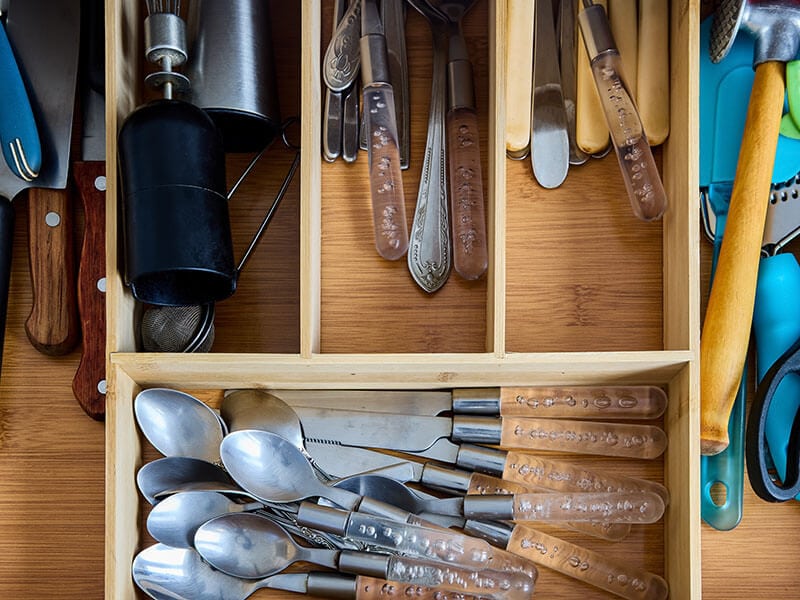
Lastly, economically speaking, buying a full set of measuring tools but only one or two items is a waste of money. Some small tools can easily be lost in any corner of your kitchen. Instead, you pay nothing to measure after reading this post.
More Useful Tips For You!
I finished giving you essential advice about measuring a teaspoon without measuring tools. But if you want to make your cooking experiences even more enjoyable, don’t forget to collect some useful tips here.
Practice Makes Perfect
This idiom is never wrong in this case. The more you practice measuring, the more you get used to the sizes and techniques. Once you keep doing it for enough time, measuring without tools is just a piece of cake.
Eyeball The Ingredients
Try to eyeball the ingredients every time you cook. For example, remember how much it is when you pour it into your hand (equals to a quarter or so). Try to keep your hand in the same position every time so that the amount can be consistent.
Re-Check Your Accuracy
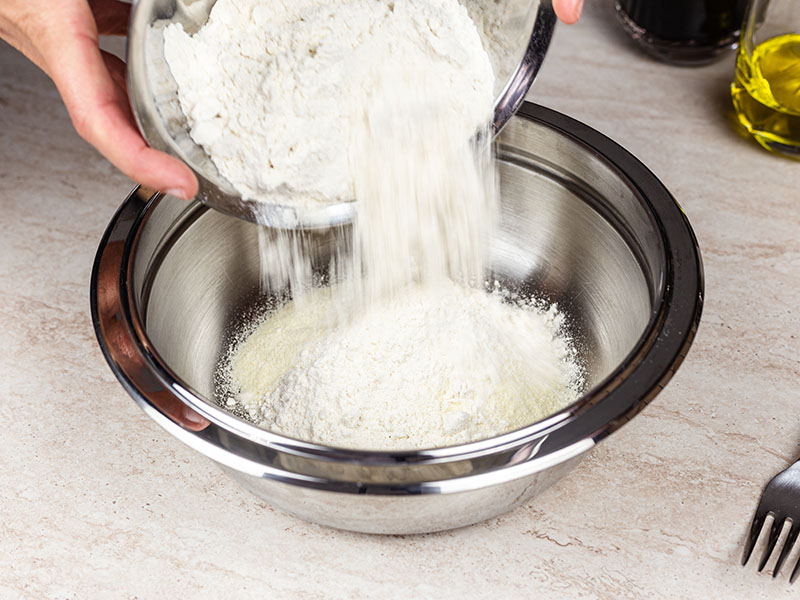
Don’t forget to re-check the accuracy of your tool-free measuring after a while to ensure it’s still near to exact. Remember that small differences are accepted, especially for cooking, because it’s all about the taste. As long as it tastes good, everything’s okay.
Find A Bottle Lid
Look around your kitchen and see if there is a bottle lid or something that can hold ingredients. Measuring how many ingredients it can contain and next time, you can use it instead of a measuring tool.
Pay Attention To The Measurement Units
Be aware of the measurement units in your cookbook because there may be some information you overlook. For example, a rounded teaspoon or a heaping teaspoon is different from a teaspoon. Misunderstanding these terms may make your dish not as good as it should be.
Avoid Over-Seasoning
To avoid over-seasoning, you shouldn’t measure ingredients right above your dishes because some of them can fall into the dish. Besides, separating the measured and unmeasured ingredients also helps prevent you from over-seasoning.
Measure Dry Ingredients First
When you have only one measuring tool, it’s logical to measure liquid ingredients once you have finished measuring dry ingredients. This order will surely save you some time.
FAQs
I know it may be somewhat challenging for beginners to measure without tools. And here are some frequently asked questions to provide more applicable information.
No Measuring Tools? No Problem!
You learned the simplest ways to measure a teaspoon without measuring tools. How do you like it? Choosing suitable methods and then practicing them is key to mastering tool-free measuring. This will make cooking easier and more enjoyable.
Remember to share these tips with your cooking or baking companions right away! Or, if you come up with another handy way to measure a teaspoon, feel free to share it via the comments. Your ideas are always welcome here!
References
- eCFR: 21 CFR 101.9 — Nutrition labeling of food., 2022. Ecfr.gov
- THOMPSON, AMBLER and TAYLOR, B. N, 2008, Guide for the use of the International System of Units (SI). Gaithersburg, M.D.: National Institute of Standards and Technology.

